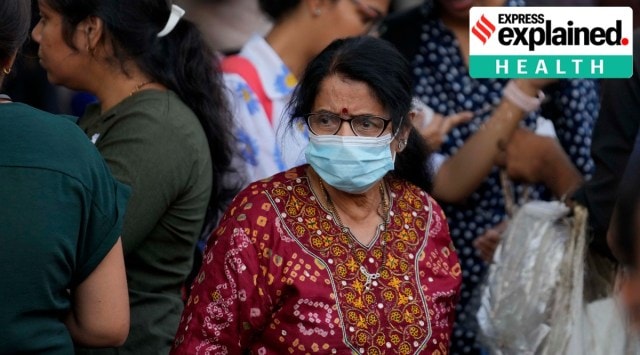The Union Ministry of Health has issued a statement emphatically rejecting the “fake and misleading” claims on social media that the XBB sub-variant of Omicron is “5 times more virulent than the Delta variant and has a higher mortality rate”.
India’s deadly second wave of April-May 2021 was driven by Delta. XBB is the dominant variant now, and caused more than 65% of the infections in the country in November 2022.

What do we know about the XBB variant?
XBB is a recombinant of two Omicron sub-variants, BA.2.10.1 and BA.2.75. Several studies have shown that XBB is more immune evasive — that is, it has the ability to circumvent immunity from vaccination-induced infection — and has a growth advantage over other currently circulating variants of Omicron. What this essentially means is that the variant is more likely to cause re-infection or breakthrough infections in people.
This, however, does not mean that the variant can lead to more severe disease, hospitalisations, or deaths. An analysis by an expert group of the World Health Organisation (WHO) in October 2022 said, “There has been a broad increase in prevalence of XBB in regional genomic surveillance… The current data do not suggest there are substantial differences in disease severity.”
Does the XBB variant affect the lungs?
That is what has been claimed — and it is not true.
Unlike the Delta variant that went deep into the lungs and led to a fall in oxygen saturation, Omicron variants are known to affect the upper respiratory tract — the nostrils, nasal cavity, mouth, and throat. The virus can go into the lungs in some cases, but it is not the location of choice for the variant.
XBB follows a disease pattern that is similar to its forbear Omicron variants. This, coupled with the high vaccination rate and high infection rate in India, has meant that the Omicron wave resulted in fewer fatalities in the country.
Story continues below this ad
Is there a risk of a new Covid-19 wave with the XBB variant?
In most people, the XBB variant is likely to lead to a fever, cough, and cold — and most people are not even getting tested now. XBB accounted for 8% of all the cases in the country in September, increasing to 45.2% in October, and 65.6% in November — it is now the dominant variant in India.
If XBB had the potential to drive a surge in cases, hospitalisations, and deaths, some indications would be visible by now. But even the number of cases has remained low, with an average of only 158 cases reported daily from across the country during the week ended December 19.







































